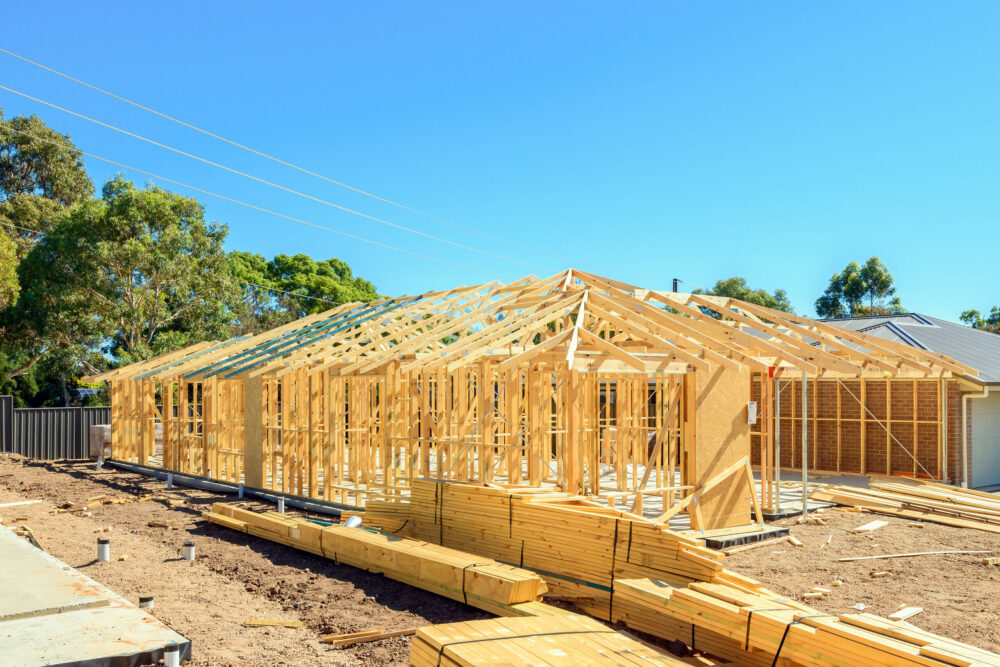Victoria passes 70,000 new builds

Residential building has been one of the strongest parts of the economy and expanded by 11.4 per cent over the last year.
Victorian residential building approvals topped 70,000 in 2021 as the building and construction industry continued to form part of the state’s recovery from the COVID-19 pandemic.
The latest data from the Australian Bureau of Statistics has showed the number of Victorian new residential building approvals has returned to pre-pandemic levels.
Master Builders Victoria CEO, Rebecca Casson, said the state passed 70,463 new residential building approvals in the 12 months to November 2021 – the highest level for three years.
“Our state has not seen yearly residential building approval totals exceed 70,000 since 2018,” she said.
“This demonstrates high levels of confidence and demand from the private sector as Victorians began to emerge out of lockdowns and into some form of normality.”
Ms Casson said that the proportion of building approvals for multi-unit buildings had picked up slightly from the previous month, accounting for 31 per cent of all building approvals in the 12 months to November.
With international borders re-opening, Ms Casson said that we could expect to see steady growth in Victoria’s population going forward, further influencing the positive growth of multi-unit building approvals.
“Victoria’s building and construction industry continues to play a large part in supporting our state’s population and economy,” Ms Casson said.
“It is evident that the building and construction industry is important to the overall health of the Victorian and national economy.”
Recent gross domestic product data indicated that during the September 2021 quarter, Australia’s economy shrank by 1.9 per cent, reflecting the effects of lockdowns in Victoria and NSW.
However, residential building has been one of the strongest parts of the economy and expanded by 11.4 per cent over the last year.
During the September quarter, non-residential construction was one of the best performers and grew by 3.9 per cent.
“These figures demonstrate how important it was for our industry to largely remain open during lockdowns and how our sector will continue to act as a springboard for other sectors to get back on their feet,” Ms Casson said.
Victoria saw 64,785 building approval works completed in the 2020-21 financial year, generating $25.7 billion of work in the 12 months to September.
Non-residential work and civil construction work completed in the 12 months to September was valued at $14.1 billion and $18.7 billion, respectively.
Ms Casson said that building and construction work completed was equivalent to 12.05 per cent of the Victorian economy as of the 2020-21 financial year.
In addition to this, the construction industry supports 113,867 businesses, of which 98.8 per cent are classed as small businesses employing less than 20 employees, this is an increase of 5,319 businesses since 1 July 2020.
“Our industry is the fourth largest employer across Victoria, providing 9.3 per cent of total employment,” Ms Casson said.
“In full-time terms, our contribution is more significant, as we are the second-largest full-time employer providing 11.6 per cent of full-time jobs in the state, a close second to professional, scientific and technical services at 11.8 per cent.”


















